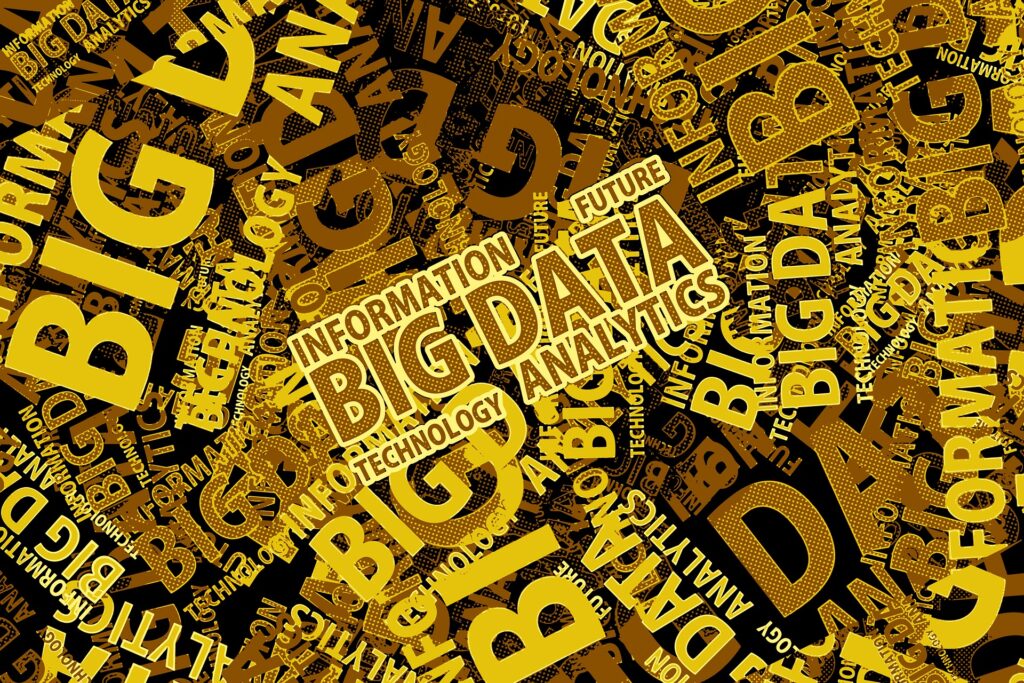Big data is most often defined by volume, velocity, and variety. But it is interrelated with other elements that define the new face of data processing and analytics in the 21st century. To begin with, we’ll define a new face of data processing and analytics – one that is 3- vexed, complex and confusing.
That’s the definition we will use in this article, and several rings relate to each of the previous speakers. That being said, it doesn’t matter if you use a data warehousing system, a data warehouse, a data management system, a data analytics system, etc. They all boil down to organizing data, analyzing it, retrieving data, or working with data in some way. The big data definition ultimately doesn’t demand that you understand these technologies, but rather that you can work with what these technologies provide you with.
Technology (the stuff you learned in high school)
To understand the big picture of big data, you will have to jump into the scheme of the business and personal data owner. There are two basic components to the business, the data, and the management. Both of these are crucial to the business, and understanding them allows you to see the larger picture. Together, these two provide you with the information that allows you to make a profit and/or understand your market.
Management (the stuff you didn’t understand in high school)
This is the realm of numbers and statistics. Looking at the numbers, or at least the volume of them, is a great way to understand your business. However, there is more to understanding the numbers than mere volume. To begin with, you must understand the source of the data. When you purchase a hopper or call a customer, you are entering data into a hopper. When you enter the data, you may be asked to enter more data, such as name, address, income, customer ID, etc. Depending on the type of information you are entering, you will be asked a series of questions to complete. In this case, the data will be formatted so that others can read it. In this respect, numbers are structured, tagged, and assigned. If you buy a hopper and you know the numbers are supposed to be ” male or female,” you are accurate in that description. Similarly, if you know the length of the item you’re inserting, you are accurate. If someone asks you how much of what do you have in your cartridge, you would be accurate. In this example, both the quantity and the length are important factors, and you would be accurate only if you knew the greater significance of each.

Invariably, there are two ends of the big data conversation. Those who argue for more data aggregation because “they’ve always got too much data” are using empty phrases as their excuses. They fail to see the wealth of information contained within even the simplest business transaction. Businesses today depend on more data than ever before, and it’s increasingly difficult to manage all that data. So, those who discuss the need for more inventory to get around these problems are ignoring the big picture.
In the early days of inventorying, or for better still keeping it at home, the response to demand was simple. Once demand was established, it was easy to figure out how many units were needed based on the previous sales. If inventory levels were to fall, the manufacturers could produce enough units to meet demand. If too many units were produced, they would have to reduce their production, which also reduces their profit margins.
Home Inventory versus Store Inventory
Today, of course, clutter is a major concern and profitability is dependent upon it. Many manufacturers are introducing home inventory devices to try to address the problems of extended gridlock. These home inventory gadgets are meant to make it easier to track and report inventory changes. home inventory management software makes it possible to get more out of your home inventory and helps you manage your home inventory from a single central panel.
The initial home inventory management device will include a software application that runs on your PC. This panel will include a scanner, projector, printer, and other equipment. The data source can be whatever you are taking inventory on. This data source can be a printout from your inventory system, a hard drive, or even another computer. The advantage of this data format is that multiple people can enter data and retrieve information about the same period. Unlike spreadsheets, this software does not require a lot of space; therefore, it is very portable.
Home Inventory Historian Software
This software was developed to address the needs of inventory management.

